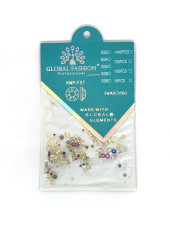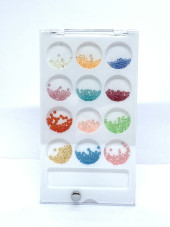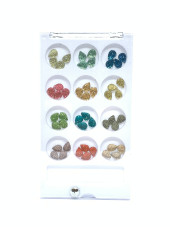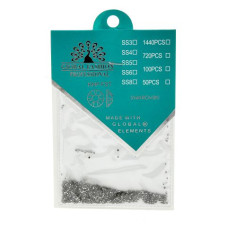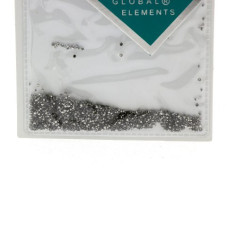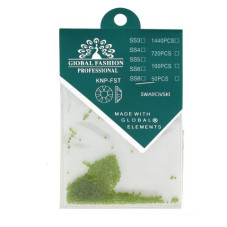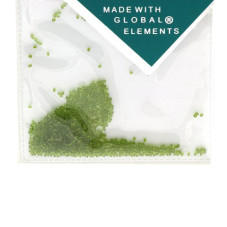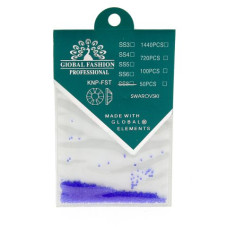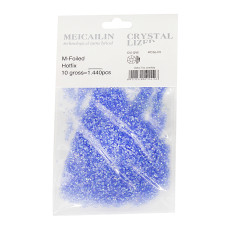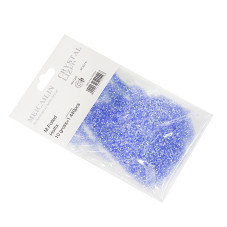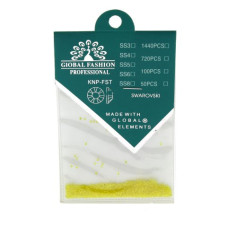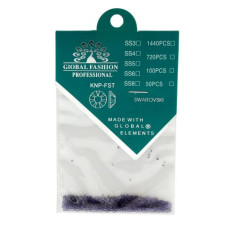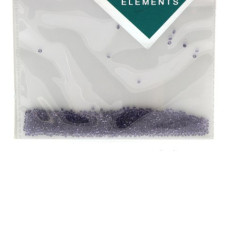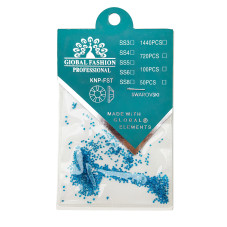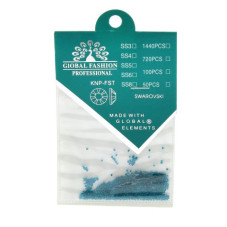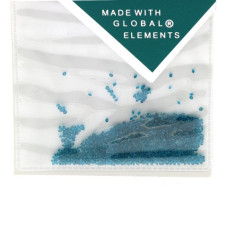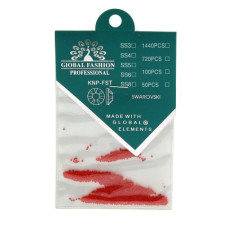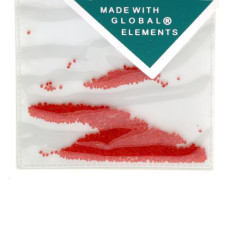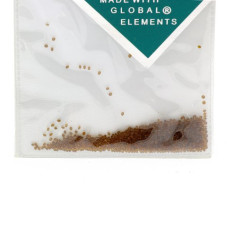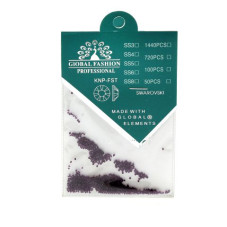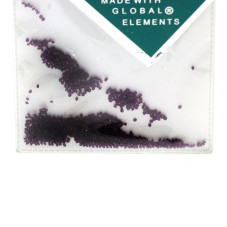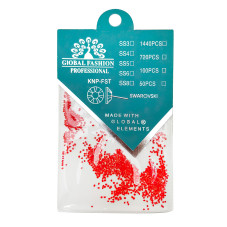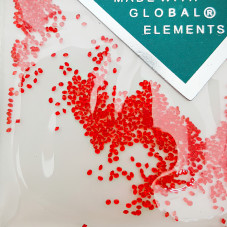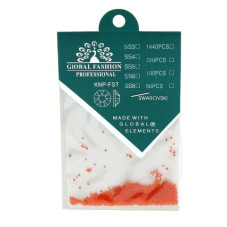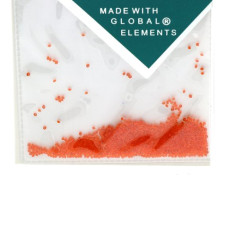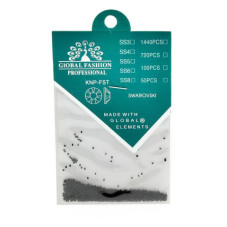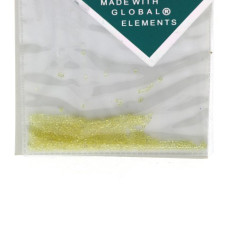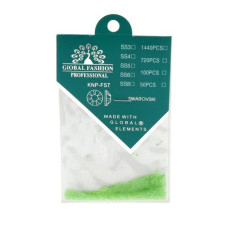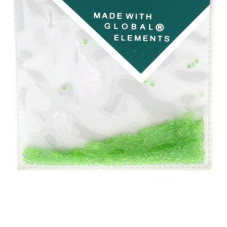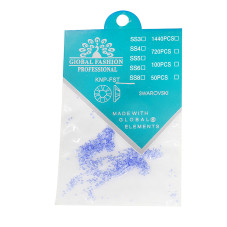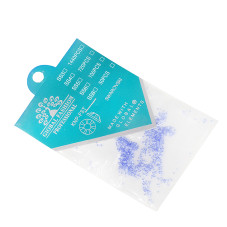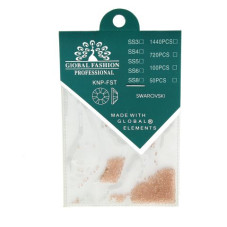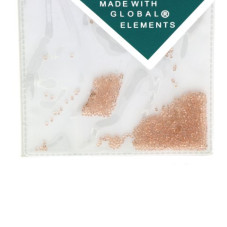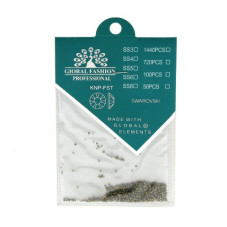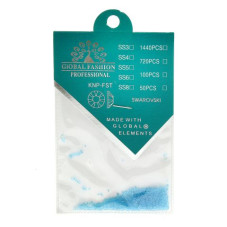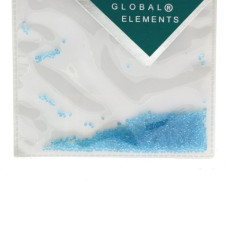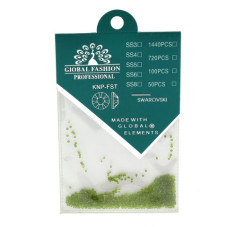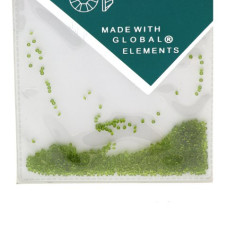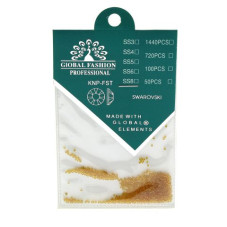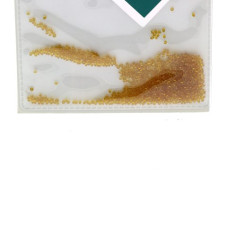Filters
Color
Density
Effect
Pixels are the smallest unit of measurement in digital imagery. They are tiny squares of color that make up every image you see online or on your computer screen. Pixels can be seen as the building blocks of digital images, as each pixel adds up to create a larger image.
The word “pixel” comes from the term “picture element,” which accurately describes what a pixel is. It’s the smallest piece of information that can be stored and displayed on screen. The more pixels an image contains, the higher its resolution and the better the quality. This is why a high-resolution image looks clearer and more detailed than a low-resolution image.
Pixels are also used in the world of graphic design and advertising. Many companies use pixels to create digital ads, billboards, and other graphics. They may use pixels to create more detailed images that will grab the viewer’s attention or to create large images that can be easily viewed from a distance.
In addition to images, pixels are also used in gaming. Video games rely heavily on pixels to render images on the screen. Each pixel representing a certain color, which will make up the game's graphics. This is why game developers are always striving for higher resolutions to make their games look more realistic.
Pixels are important in other areas as well, like photography. The quality of a digital photograph is determined by its pixels. The more pixels a photo has, the higher its resolution and the better the detail. This is why professional photographers often use high-resolution cameras that capture more pixels than consumer-grade cameras.
In conclusion, pixels are an integral part of digital imagery and are used in many different areas. They are building blocks that make up everything from photographs to gaming graphics to digital ads. The importance of pixels cannot be overstated, as they are what make our digital world come to life.





